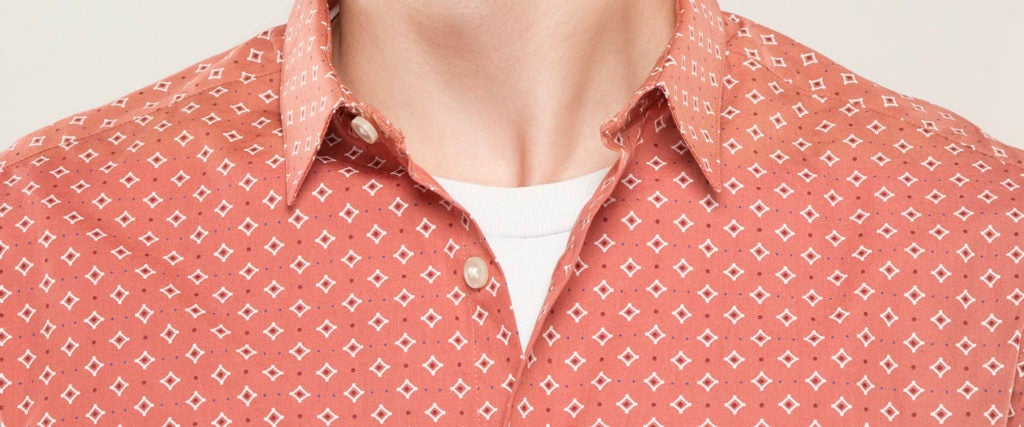The world of men’s style can neatly be divided into two camps: Those who wear an undershirt, and those who don’t. “I find this to be one of the most polarizing issues in the workplace,” one redditor writes on r/AskMen. “I personally go with the V-neck. I don’t understand the point of wearing a nice dress shirt if you have a white undershirt visible.”
For the record, I don’t understand the point of an undershirt at all (at the office or otherwise). There’s something about it being worn under a button-down that immediately signals that you’re uptight. I also just don’t like how they feel — the material under my arms scrunched up and moist with puddles of sweat. It’s super hot, but in none of the right ways.
The original purpose of the undershirt was twofold: 1) to keep the wearer’s skin from coming into contact with scratchy outerwear; and 2) to preserve the cleanliness of the second layer as regular bathing and washing didn’t become commonplace until the 18th century. “It was mainly the rich and noble who wore undergarments,” per Undershirts.co.uk. “Working classes were probably lucky to have a single shirt as, historically, textiles were expensive and precious goods.”
At the beginning of the 20th century, however, the U.S. Navy first issued what would become the T-shirt, which was introduced as an item of clothing meant to be worn under uniforms. “These were crew-necked, short-sleeved and buttonless, and were first made from wool and then from white cotton,” Undershirts.co.uk explains.
One redditor tells me that today’s undershirt proponents (including them) usually argue that it’s more hygienic to wear them. Basically, if you’re sweating all day and can’t afford to go to the dry cleaners once a week, an undershirt can protect the armpit areas of your button-down from yellowing. “I’ve ruined so many white dress shirts because I haven’t worn an undershirt,” they explain.
Moreover, they add, there is a significant distinction between T-shirts and undershirts; it’s just that very few brands do a good job of explaining that distinction.
Which, fair. Good undershirts are longer, thinner and have shorter sleeves. They’re also “closer fitting so they don’t add any bulk underneath your clothes,” the redditor explains. Along these lines, another redditor writes that performance fabric undershirts (both synthetic and natural materials like wool) are designed to feel lighter than their cotton counterparts. “They’re better than 100 percent cotton shirts as the performance fabrics are built to wick moisture away from your body so you stay dryer and feel cooler for longer,” he argues.
Again, that’s all fair — and correct. But for me, it can’t really be close-fitting or performance-fabric-y enough. No matter its thickness (or lack thereof) or the fabric it’s made from, it still feels like I’m wearing two shirts. And especially in the summer, that’s just too much material. My skin needs to breathe.
I will admit, though, I’m not that sweaty of a guy. And that’s probably where the real difference between undershirt proponents and haters lies. If you’re the kind of person who sweats just sitting at your desk, then wearing an undershirt makes sense. It’s solid extra protection — a goalie guarding against pit stains. But if you’re not, well, be free. Be light. And be unafraid of single-shirt life.

